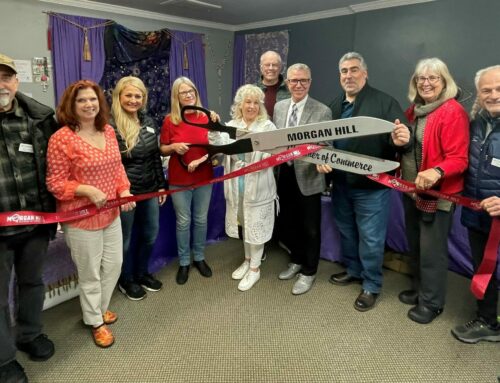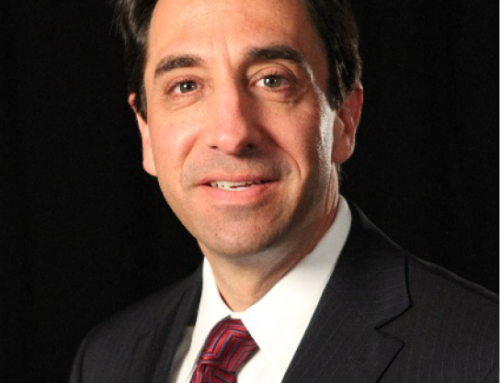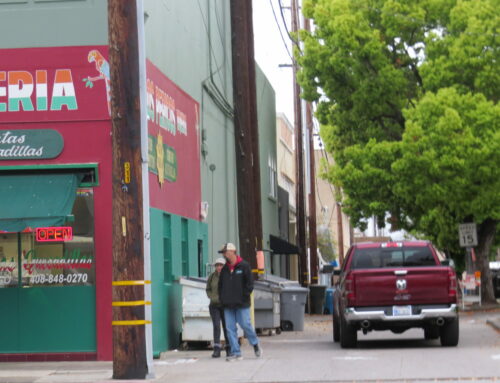Mike Wasserman says Southeast Quadrant plan took different approach to land preservation
Published in the April 13-26, 2016 issue of Morgan Hill Life
By Staff Report
Putting ag preservation on rural land adjacent to Morgan Hill’s city limits in a state of uncertainty, Santa Clara County’s Local Area Formation Commission members voted 5-2 March 11 to deny the city of Morgan Hill’s requested annexation of 229 acres of the 1,195-acre Southeast Quadrant. Commissioners also voted against the city’s proposed annexation of 71 acres of unincorporated land in the Watsonville-Monterey roads region.
LAFCO Commissioner and Vice Chair Mike Wasserman, who is also a county supervisor, and LAFCO Chair Cat Tucker voted in favor of the annexation of the SEQ. The nearly 500-page report by LAFCO staff, released Feb. 15, recommended that LAFCO deny the SEQ Urban Service Area amendment application the city of Morgan Hill submitted in October.
The city sought to annex the farmland to allow for the development of a private high school by the Catholic Diocese of San Jose, a baseball/softball complex, various indoor and outdoor recreational and sports facilities, and commercial businesses such as retail stores, hotels and service stations. The city would like to see this area grow as a sports-recreation-leisure destination that will help build Morgan Hill’s brand as a youth sports community and bring visitors here, thus enhancing economic development.
Morgan Hill Life asked Wasserman about his decision on the annexation vote and what LAFCO’s denial of the city’s request might mean for the future of farmland on the SEQ.
You supported annexation of the SEQ property that the city requested. Why did you support it and what are your thoughts on the final outcome?
I am concerned about the steady loss of agricultural land over the last decade in our county. I supported the plan Morgan Hill submitted to LAFCO because it took a different approach to agricultural land preservation.
By specifying some land uses, in perpetuity, and purchasing conservation easements over other lands, Morgan Hill hoped to avoid the development of more ranchettes, and preserve farmland. As it is now, property owners in the SEQ have the right to build homes on their lands. But each time they do, it further reduces the availability and feasibility of farm land. Over time, these ranchettes have little to no farming value. Despite advances in farming techniques and higher value crops, small farmers on small lots are unable to compete in an increasingly urban area. I supported Morgan Hill’s strategy, but was outvoted.
What might be the next steps for the county in working with the city of Morgan Hill (and other groups) to preserve the agricultural heritage of the SEQ region?
Santa Clara County is working with Morgan Hill and Gilroy on a Sustainable Agricultural Lands Policy Framework for all of South County. The proposed framework is intended to produce a new regional program to preserve agricultural lands and sustain a strong farming economy. If we can successfully complete the framework, it will increase the county’s competitiveness for agricultural conservation easement grants — thus helping to preserve our farmlands and agricultural heritage.
You were supportive of the land for the Catholic high school as a partial annexation. Why did you decide to take this stand?
I am proud to say that I’ve always been supportive of schools and education, and a new school would have been a benefit to the South County community.
Quite frankly, it wouldn’t have been proposed if there wasn’t a demand for it. A new private high school would have also reduced the number parents and students driving on 101 to and from other schools outside of Morgan Hill each day.
If you would like to make any other comments about the SEQ vote, what might you say?
I wasn’t elected to make easy decisions and this one was tough, especially with the added difficulty of the pervasive misconception that voting for annexation was somehow voting against agricultural preservation. This simply isn’t true. The current system that is described as a “death by a thousand cuts” clearly isn’t working, despite the best of intentions. My commitment to South County is to continue to work to preserve agricultural lands for future generations.








